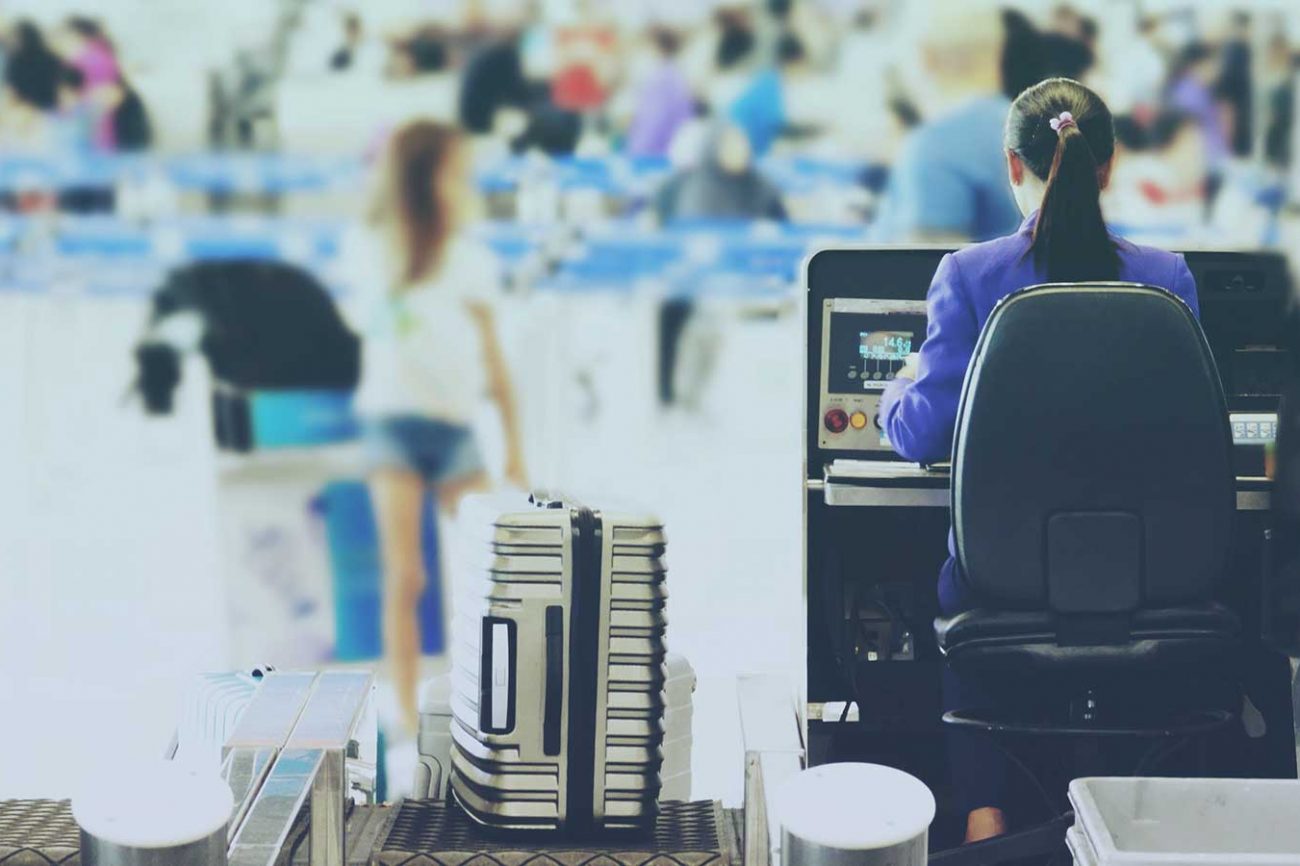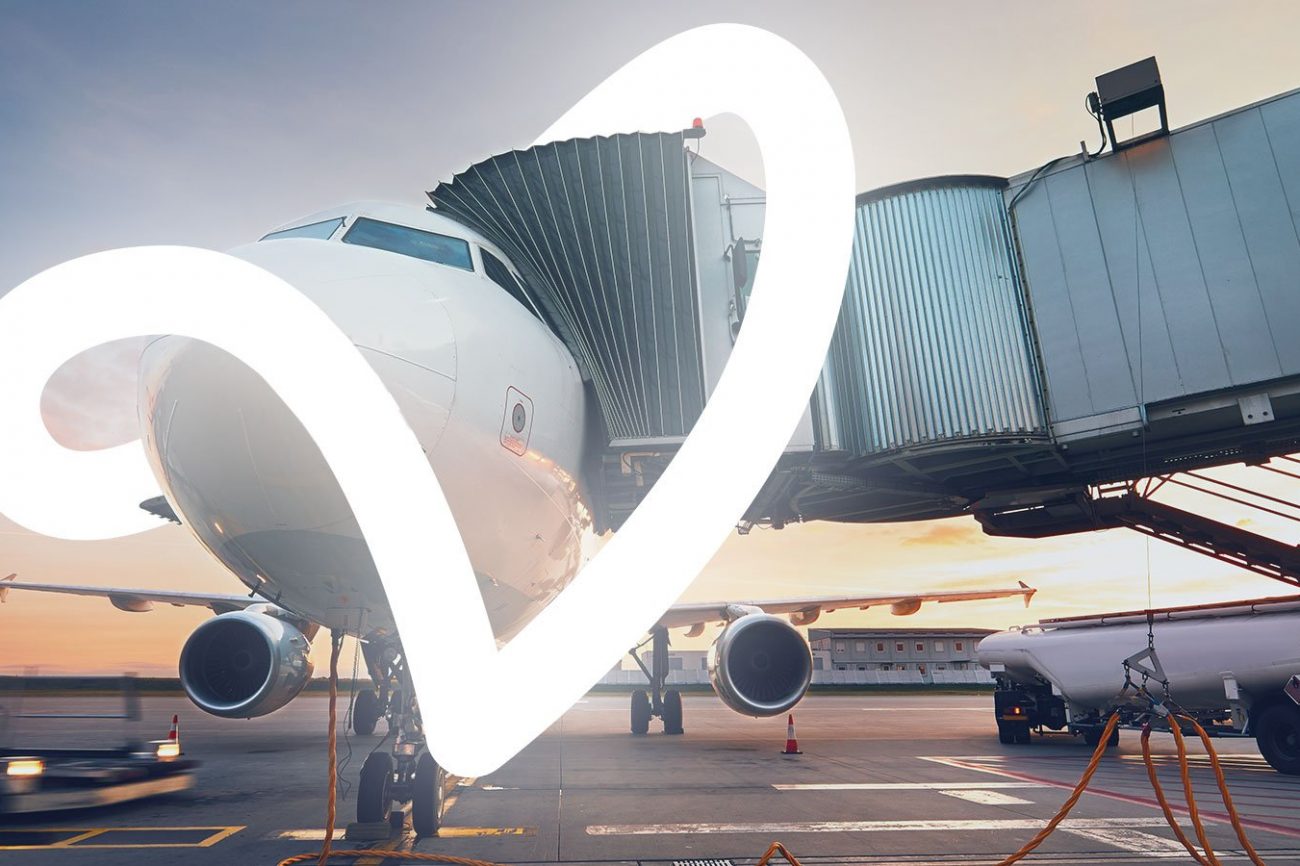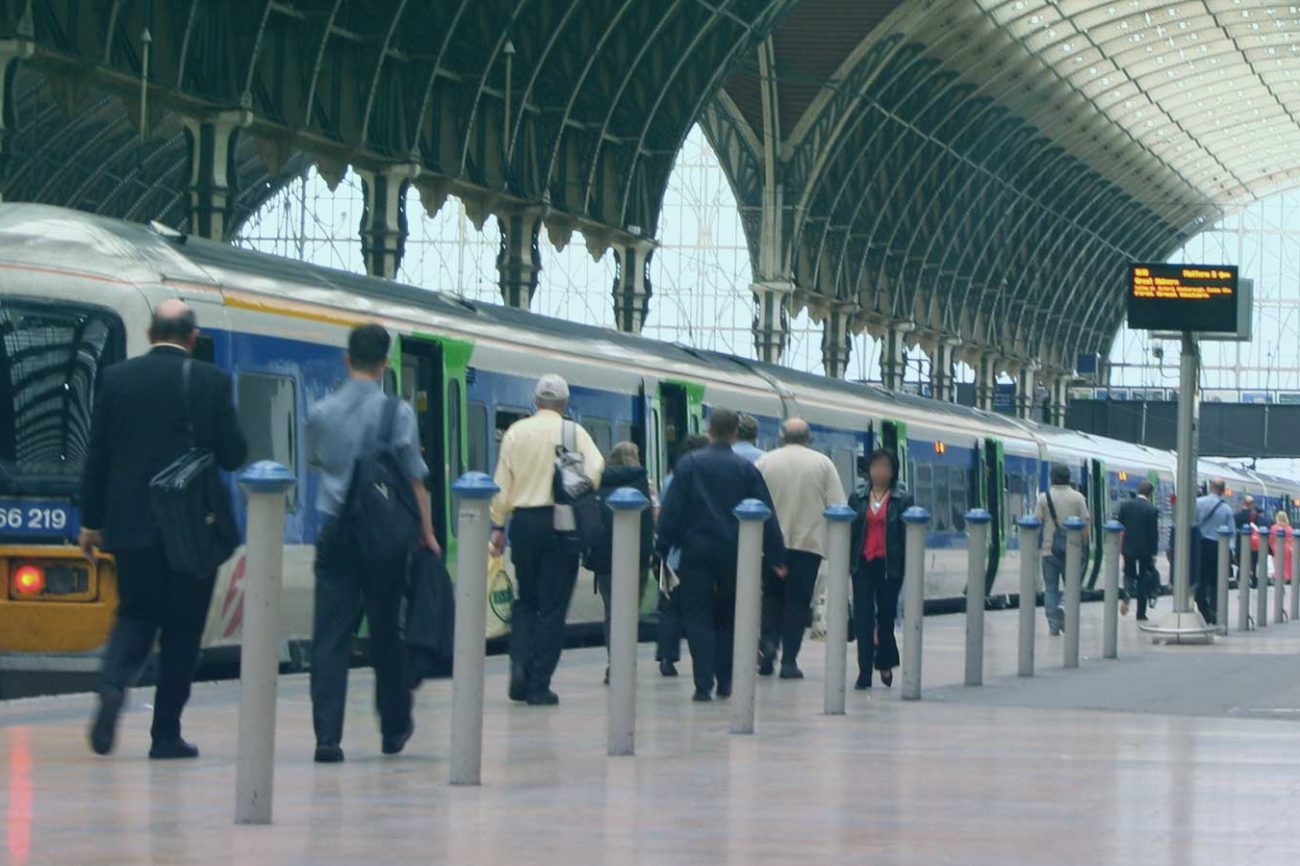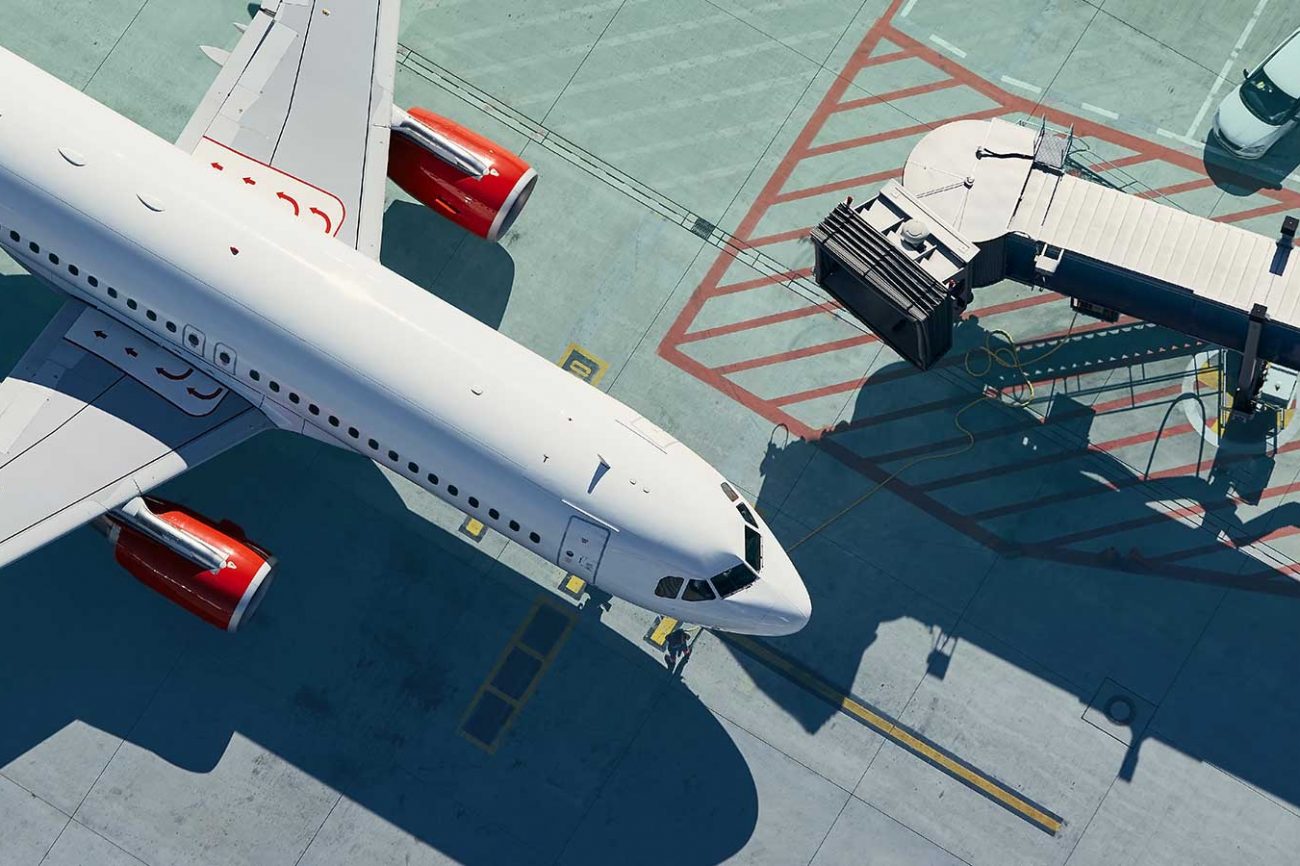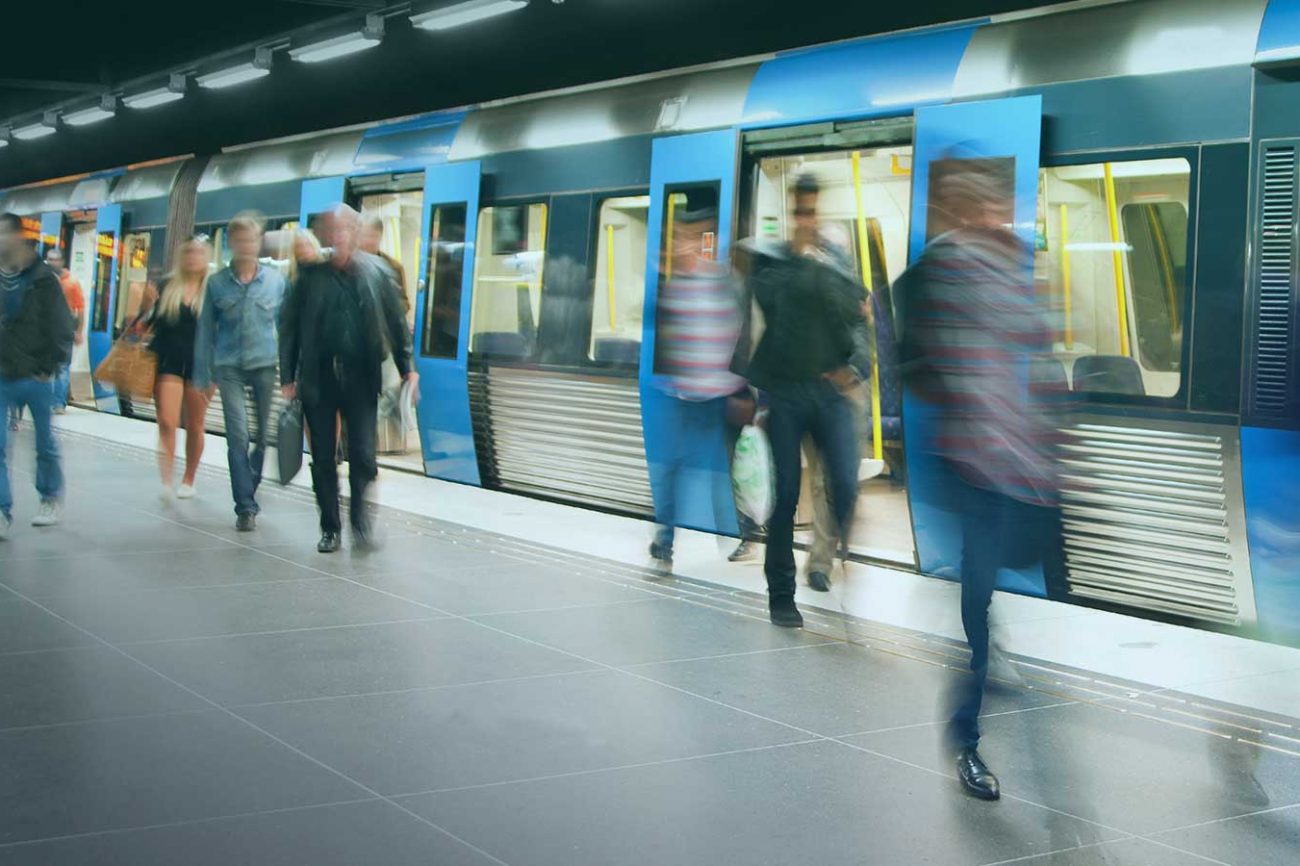[vc_row][vc_column][vc_column_text]
Grappling with Gridlock: Can Data Help Overcome Airport Traffic Congestion?
[/vc_column_text][vc_single_image image=”4013″ img_size=”full” alignment=”center”][/vc_column][/vc_row][vc_row full_width=”stretch_row” bg_type=”image” parallax_style=”vcpb-default” css=”.vc_custom_1567163833988{background-position: center !important;background-repeat: no-repeat !important;background-size: cover !important;}”][vc_column width=”2/3″][vc_column_text]
28 August 2019 ⎜ By Siobhan Boyle, Product Marketing
Finding a ride to the airport has become one of life’s easier things to navigate since the advent of ride-sharing apps like Uber and Lyft. The downside of this easily accessible and relatively inexpensive mode of transport, however, is a noticeable effect on gridlock in and around airports.
According to the New York Times article ‘Ride-Sharing Adds to the Crush of Traffic at Airports’, ride-sharing has significantly increased congestion. In many cases, there’s not much the airport can do about it – at least in terms of physical capacity expansion. Fortunately, just like technology held the answers to the tricky “who’s driving me to the airport?” question, technology holds the key to solving these road traffic issues as well.[/vc_column_text][vc_separator][vc_column_text]
Ride-sharing a contributor to airport traffic delays
A study released by Uber and Lyft found that their cars contributed to an increase in overall congestion in Boston, San Francisco, DC, Chicago, Los Angeles, and Seattle. Another report found rideshare services accounted for more than half of San Francisco’s 62% surge in weekday traffic delays between 2010 and 2016.
For airports, traffic delays can be a nightmare. When passengers and crew are late or miss their flights, not only does it cause stress at the departure airport, it has a knock-on effect to other destinations, causing delays and traffic jams everywhere.
So, what are airports to do?
[/vc_column_text][vc_column_text]
The rise of airport rideshare zones
For airports where there is simply no room to expand, many have begun introducing rideshare zones located away from the terminal.
In June, SFO airport did just this – diverting the 1,200 rideshare vehicles which arrive every hour to a rideshare zone in an underused parking lot around five minutes’ walk from the terminal. Similarly, Boston Logan Airport has decided that from October, ride-sharing companies will be banned from dropping passengers off at the terminal except between 4 am and 10 am, instead directing them to a central drop-off location.
Meanwhile, some airports are building new terminals and waiting for bays to better handle the influx of passengers and ease road congestion, although construction is only adding to their current traffic woes. Earlier this month, at New York’s LaGuardia Airport, closed exits resulted in cars backing up for miles on nearby highways, with many desperate flyers forced to race to the gates on foot.
[/vc_column_text][vc_column_text]
Using data to tackle traffic problems
Travel uncertainty is not what airports want, and it’s certainly not what passengers want. Fortunately, there’s another way airports can tackle traffic problems around the terminal – with data.
Several forward-thinking airports and governments are now using intelligent traffic monitoring platforms to help them detect congestion and minimize bottlenecks both inside and outside of the airport.
For example, after traffic caused widespread delays at New Zealand’s Auckland Airport in 2016, it decided to collaborate with Auckland Transport and the New Zealand Transport Agency – pooling city-wide data from multiple monitoring sources into a traffic analysis platform.
By being able to visualize critical data in real-time, operators can assess when and how much to intervene with traffic management. Since adopting the Veovo system, the airport has shaved on average ten minutes off arrival to terminal door times.
What’s more, if a sudden influx of late arrivals at security did happen, the same platform will alert the airport ahead of time to scale up resources in those areas, ensuring the smoothest possible throughput of passengers.
[/vc_column_text][vc_column_text]
Keeping passengers informed
 Traffic monitoring technology is also proving to be useful for airports in managing passenger expectations, allowing them to give travelers warning of any likely delays or bottleneck locations.
Traffic monitoring technology is also proving to be useful for airports in managing passenger expectations, allowing them to give travelers warning of any likely delays or bottleneck locations.
For example, in New York, passengers at JFK, Newark Liberty, LaGuardia, and Stewart International airports can access real-time TSA and taxi wait times on airport websites and in-terminal screens.
[/vc_column_text][vc_separator][vc_column_text]
From managing taxis to rideshare
The New York airports are also using the Veovo flow management technology to balance taxi availability at their terminals – increasing the flow of taxis when they are needed at pick-up points to reduce wait times, and reducing taxi numbers at quieter times to minimize congestion.
Importantly, the same technology has the potential to provide airports with real-time data to identify rideshare shortages and bottlenecks, reduce rideshare wait times, minimize traffic, all the while keeping travelers informed, allowing them to better plan their journey to the airport.
Living in a digital era may have contributed to airport traffic congestion, but it may also be the very answer to the airport traffic problem. With access to real-time data through connected traffic and crowd monitoring systems, airports and traffic authorities can have the power to ease traffic in and around terminals for a smoother journey for all.
[/vc_column_text][/vc_column][vc_column width=”1/12″][/vc_column][vc_column width=”1/4″][vc_widget_sidebar show_bg=”false” sidebar_id=”sidebar_1″][vc_row_inner gap=”5″ css=”.vc_custom_1568209245611{padding-right: 15px !important;padding-left: 15px !important;}”][vc_column_inner css=”.vc_custom_1568209111546{margin: 0px !important;border-width: 0px !important;padding: 0px !important;}”][vc_single_image image=”8164″ img_size=”full” alignment=”center” css_animation=”top-to-bottom” el_id=”open-newsletter-popup”][/vc_column_inner][/vc_row_inner]
[/vc_column][/vc_row][vc_row full_width=”stretch_row” bg_type=”bg_color” bg_override=”full” seperator_enable=”seperator_enable_value” seperator_type=”tilt_right_seperator” seperator_svg_height=”220″ seperator_shape_background=”#ffffff” bg_color_value=”rgba(42,210,201,0.05)” css=”.vc_custom_1519271452847{margin-top: 50px !important;padding-bottom: 100px !important;}”][vc_column][dt_testimonials_carousel dis_posts_total=”10″ content_layout=”layout_1″ content_alignment=”center” content_bg=”n” post_content_paddings=”30px 50px 20px 50px” img_max_width=”120px” img_border_radius=”500px” slides_on_wide_desk=”1″ slides_on_desk=”1″ autoplay=”y” post_title_font_size=”40px” post_title_line_height=”32px” post_title_bottom_margin=”5px” testimonial_position_font_size=”24px” testimonial_position_line_height=”28px” testimonial_position_color=”#2ad2c9″ post_content=”show_content” content_font_size=”17px” content_line_height=”27px” custom_content_color=”#253746″ content_bottom_margin=”0px” arrow_bg_width=”36x” arrow_border_width=”0px” arrow_bg_color=”#2ad2c9″ arrow_bg_color_hover=”#2fa8a1″ r_arrow_icon_paddings=”0px 0px 0px 0px” r_arrow_v_offset=”0px” l_arrow_icon_paddings=”0px 0px 0px 0px” l_arrow_v_offset=”0px” category=”10″ css_dt_testimonials_carousel=”.vc_custom_1563263131577{margin-top: 0px !important;background-position: center !important;background-repeat: no-repeat !important;background-size: contain !important;}”][/vc_column][/vc_row][vc_row full_width=”stretch_row” css=”.vc_custom_1567166018747{background-image: url(https://veovoforum.wpengine.com/wp-content/uploads/2018/12/veovo_homepage_background.jpg?id=2972) !important;}”][vc_column css=”.vc_custom_1567166044803{margin-top: 100px !important;margin-bottom: 100px !important;}”][vc_custom_heading text=”Plan. Predict. Perfect” font_container=”tag:h1|text_align:center|color:%23ffffff” use_theme_fonts=”yes” css_animation=”fadeIn”][/vc_column][/vc_row]
